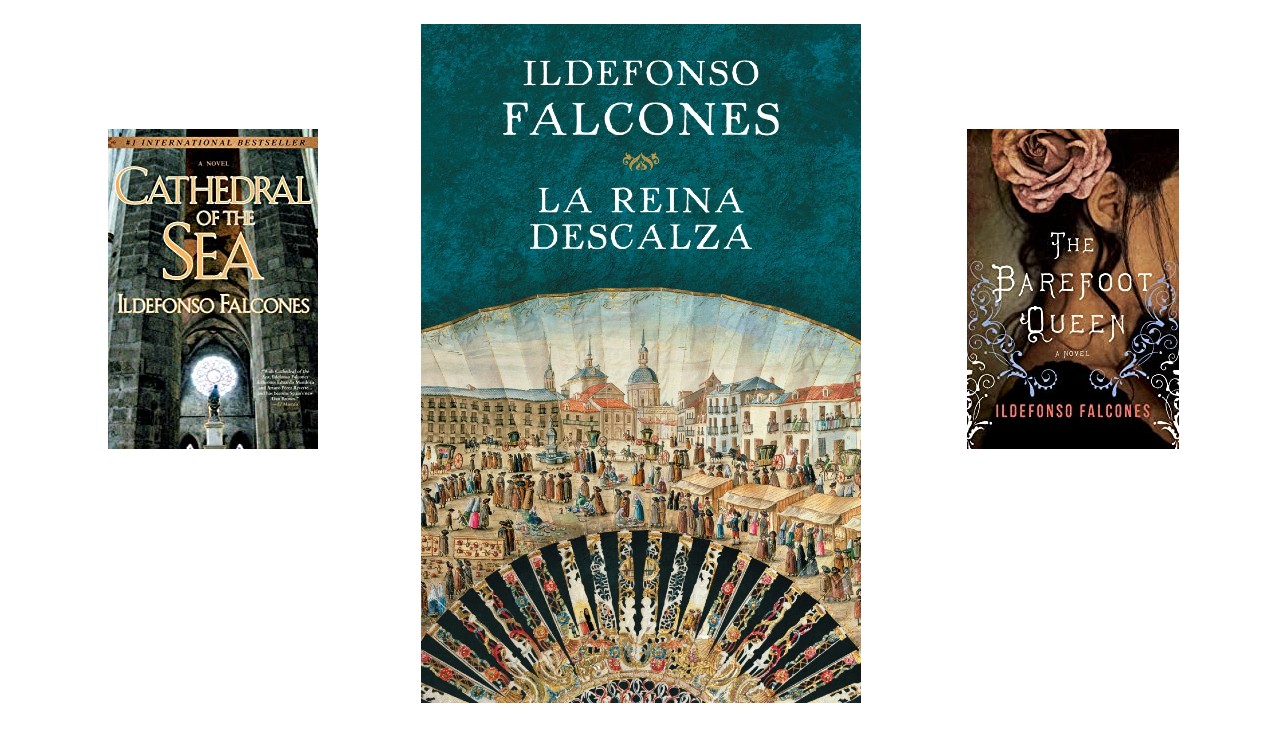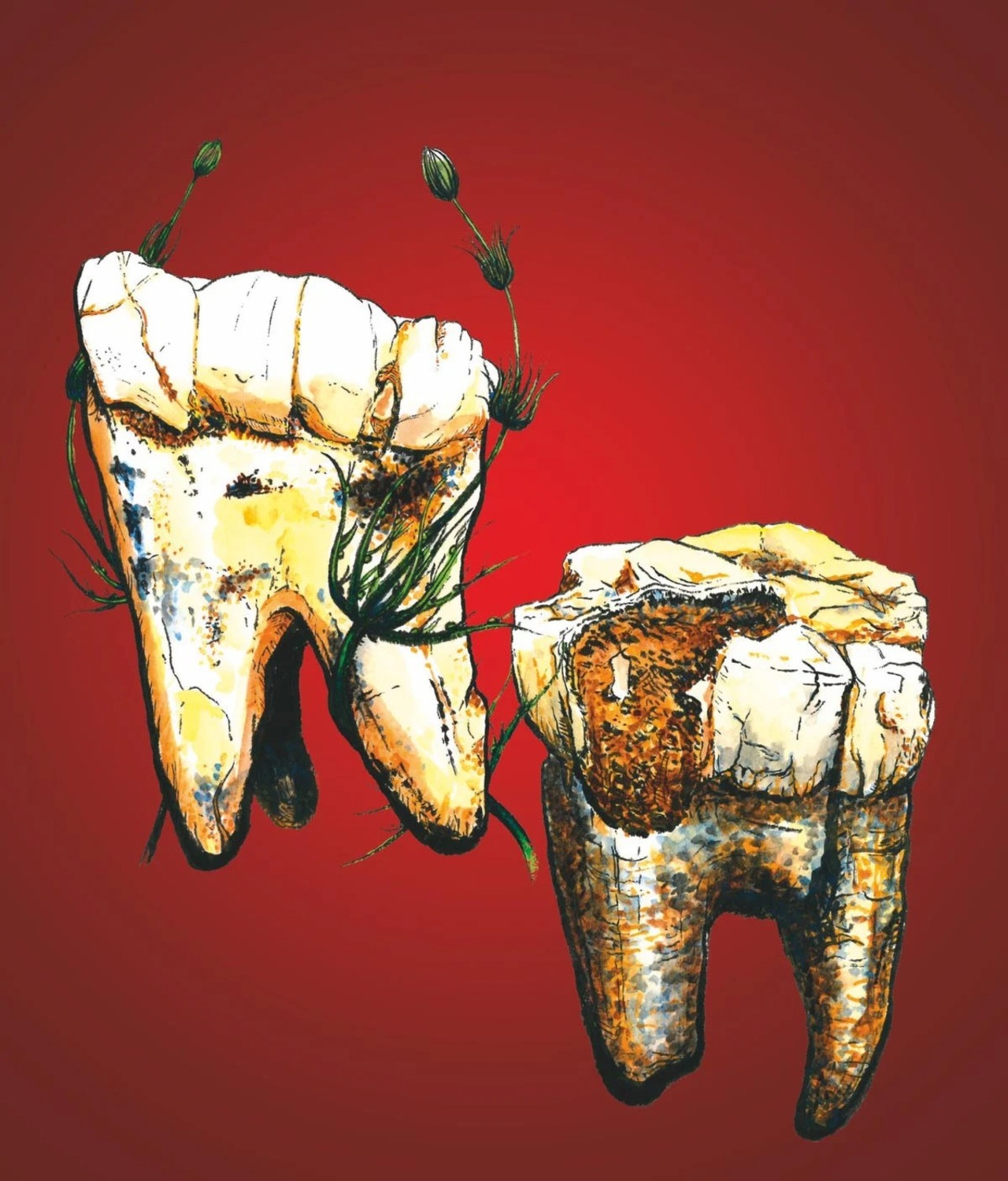
'Esclava de la libertad': A novel about Spain's relationship with the slaves who worked in Cuba.
Ildefonso Falcones' latest novel tells the struggle for freedom of two Black women in different eras: colonial slave-owning Cuba and 21st century Spain
Known for his worldwide bestseller Cathedral of the Sea, Ildefonso Falcones is one of the world's bestselling authors of Spanish-language historical novels.
While Cathedral of the Sea focuses on the construction of a church during medieval Barcelona, in his most recent novel, Esclava de la libertad (Slave of Freedom), Falcones approaches a landscape more familiar to the Latin reader: 19th century Cuba.
The novel tells two parallel stories. One that takes place in Cuba when a ship arrives carrying more than 700 women and girls kidnapped from their native Africa to work, to the point of exhaustion, in the sugarcane fields and give birth to children who will also be slaves. Among them is Kaweka, a girl who will experience first-hand the horror of slavery in the hacienda of the cruel Marquis of Santadoma, but who will soon prove to those around her that she has the ability to commune with Yemaya. Yemayá is a fickle goddess who, on occasion, grants her the gift of healing and gives her the strength to lead her brothers and sisters in the struggle for freedom against oppressors who have managed to enslave their bodies, but not their souls.
RELATED CONTENT
The second story is set in present-day Madrid. Lita, a young mulatto girl, is the daughter of Concepción, the woman who spent her whole life serving in the house of the Marquises of Santadoma, in Salamanca, just as her ancestors did in colonial Cuba. Despite her studies and professional ambition, job insecurity forces Lita to turn to the all-powerful lords of Santadoma in search of an opportunity in the bank owned by the marquis. As she immerses herself in the company's finances and in the past of this very rich family, the young woman discovers the origins of her fortune and decides to undertake a legal battle for dignity and justice, which her mother and all the women who gave their lives in the service of white men who never treated them as equals deserve.
In an interview with Diario de Sevilla, the author acknowledged having chosen two female protagonists because the story "owes everything to the female gender."
"The woman as a slave had a plus: that of giving birth. They did exactly the same work as men, that is, they went to the cane fields with machetes to cut the canes, but they had the added bonus that they were obliged to give birth. The slave trade was prohibited by England, and Spain assumed that prohibition (not slavery). The price of slaves went up because they were smuggled and, then, it became cheaper for the slavers to make the women give birth and have Creole children, like cattle. They were children born to be slaves," he said.
Writing as therapy
With more than 11 million copies sold worldwide, Ildefonso Falcones is a lawyer, a profession he continues to practice, and lives in Barcelona with his wife and daughters. While writing Esclava de la Libertad, he was fighting colon cancer with metastasis. "This novel has been a therapy," he told ¡Hola! magazine. "If I had had to continue working in my law firm I would not have been able to do it but, within this misfortune, I was able to write, even if it was only a paragraph a day."
He is the author of five novels, mostly translated into English, like Cathedral of The Sea, The Hand of Fatima and The Barefoot Queen.












LEAVE A COMMENT: